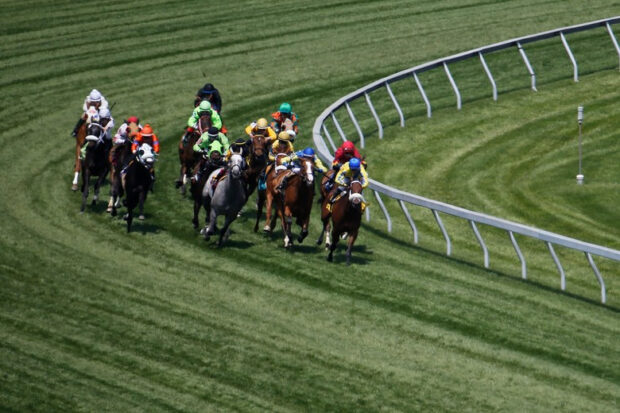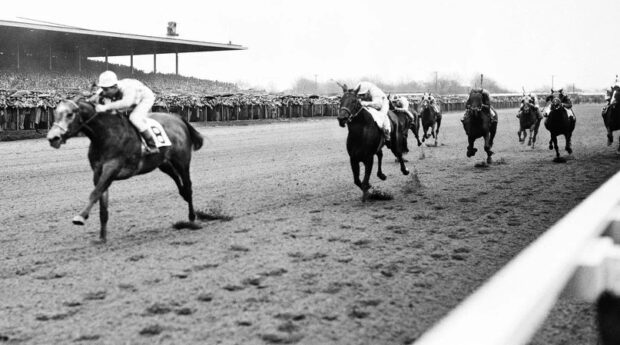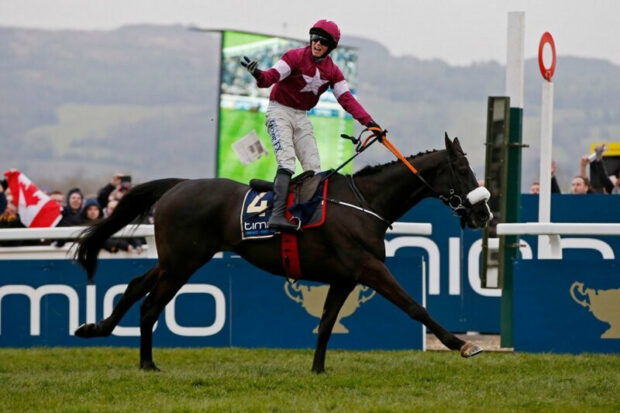
The activities of the National Horse Racing Museum are very diverse: on the one hand, it contains a rich photo library and a library containing information for specialists, and on the other hand, it organizes various activities promoting racing.
For example, here you can see a simulator of a racehorse movement on which any visitor can feel like a jockey, visit an exhibition of modern artists, offer even special educational programs for children. The National Museum has all kinds of exhibits that give an idea of the world of racing in the United States. These are the main milestones of its history.
Racehorses first entered the New World in the mid-17th century, along with British aristocrats fleeing the English Revolution of 1640. Once settled in, the newcomers began to do what their fathers and grandfathers had long done – horse racing.
READ: The History of Prohibition in the United States: Its Influence on the Image of the American Mafia
The first race track was established in 1665 on Long Island by the Governor of New York City. As for the southern colonies, the first track was built by the local aristocracy in 1690 in Williamstown.
In 1730, the first emerging thoroughbred, the Bull Rock stud, was brought to America.
Lord Banbury’s stallion won the first draw of the Epsom Derby in 1780, but as a manufacturer in Britain it was unsuccessful. In 1798, Daiomed was sold overseas and transported to Virginia. In his new place, the stallion appeared to be alive and in the following ten years gave so many outstanding horses that he was named the father of the American thoroughbred horse breeding.
In 1821, the Union Racing Cors racetrack opened in New York City, with a sandy racetrack that became the prototype of modern American racetracks.
As the colonists advanced westward, horse racing and horseback riding steadily followed them and conquered new territories.
In 1840, the first races were held in Illinois, Missouri, Texas, and Louisiana, and the cavalry settled among the «bluegrass» of Kentucky and Tennessee. By 1848, the race had already «reached» California.
In 1861, the North-South Civil War broke out, causing enormous damage to both horse racing and racing. The racecourse became military camps, pastures were burned and most of the horses were killed on the battlefield or simply eaten. Fortunately, the State of New York did not enter the war zone, and American horse breeding did not cease to exist. Moreover, in the summer of 1863, a new race track was opened in Saratoga Springs, which for many years was the best in the United States. At the end of the war, in 1866, the American Jockey Club was established with the goal of unifying races in the country and subjecting them to unified rules.
READ: How New York City Barely Survived the Worst Night of Its History
As in the beginning of the XIX century in Great Britain, the popular previously exhausting competition «one-on-one» has been replaced by short-distance races with a large number of participants. In 1875, the first Kentucky Derby draw was held. And in 1881, American horsemen made their first public appearance in the Old World when a US-born Iroquois won the Epsom Derby.

The beginning of the 20th century was an extremely difficult period for both the British and American racers, who were mired in corruption and the manipulation of dirty bookmakers.
The US government’s response was very harsh: the gambling business was banned, and most of the racetracks closed down as people simply stopped going to the races. Such a course of action proved to be the hardest test for cavalry workers: most of them went bankrupt, while the number of horses naturally fell sharply.
In search of a way out of the crisis, Churchill Downs decided in 1908 to try out the French model of reciprocal betting, the totalizer. Thus for the first time transparent «common cauldron» and fair play were organized since the profit of the organizers depended not on the outcome of the races, but on the number of bets made. Gradually the totalizer was organized on other races of the United States, which breathed new life into both the races and horse breeding.
At the end of World War I, public interest in racing soared. New large stands were built on the races, and judges were given the opportunity to use equipment and instruments in their work: first there was a photo finish, and in 1929 there was a widespread use of launch boxes, replacing traditional rubber bands and flags.
READ: Crazy Empire State Building: Worker Pictures and History
The Second World War certainly affected the development of American horse breeding, and the effect, paradoxically, was positive. From the ruins of Europe, many legendary manufacturers were transported to America, which predetermined the subsequent US leadership of world horse breeding.

The modern history of horse racing and horse breeding is characterized primarily by globalization.
From the 1960s onwards, stallions born in the United States were very frequently tested in Europe and then shipped by manufacturers to stud factories in Australia or Japan.
As for the American race, their history is replete with great moments, nicknames and names that will remain forever in the Hall of Fame. Here are just a few of them: Norsern Dunser, Secretariat, Damascus, Nashua, Seattle Sloe, Sandy Silens, Cigar, AY Pi Indi, Sord Dancer, Alidar, John Henry, Holly Bull. Coaches: Charles Whittingham, William Hirsch, Dee Wayne Lucas, Nick Zito, Richard Mundella, Robert Frankel, William Mott. Jockey: Bill Schumaker, Laffith Pinkai Jr., Angel Cordero, Steve Cozen, Chris McCarron, Jerry Bailey, Gary Stevens.
Like us on Facebook for more stories like this: